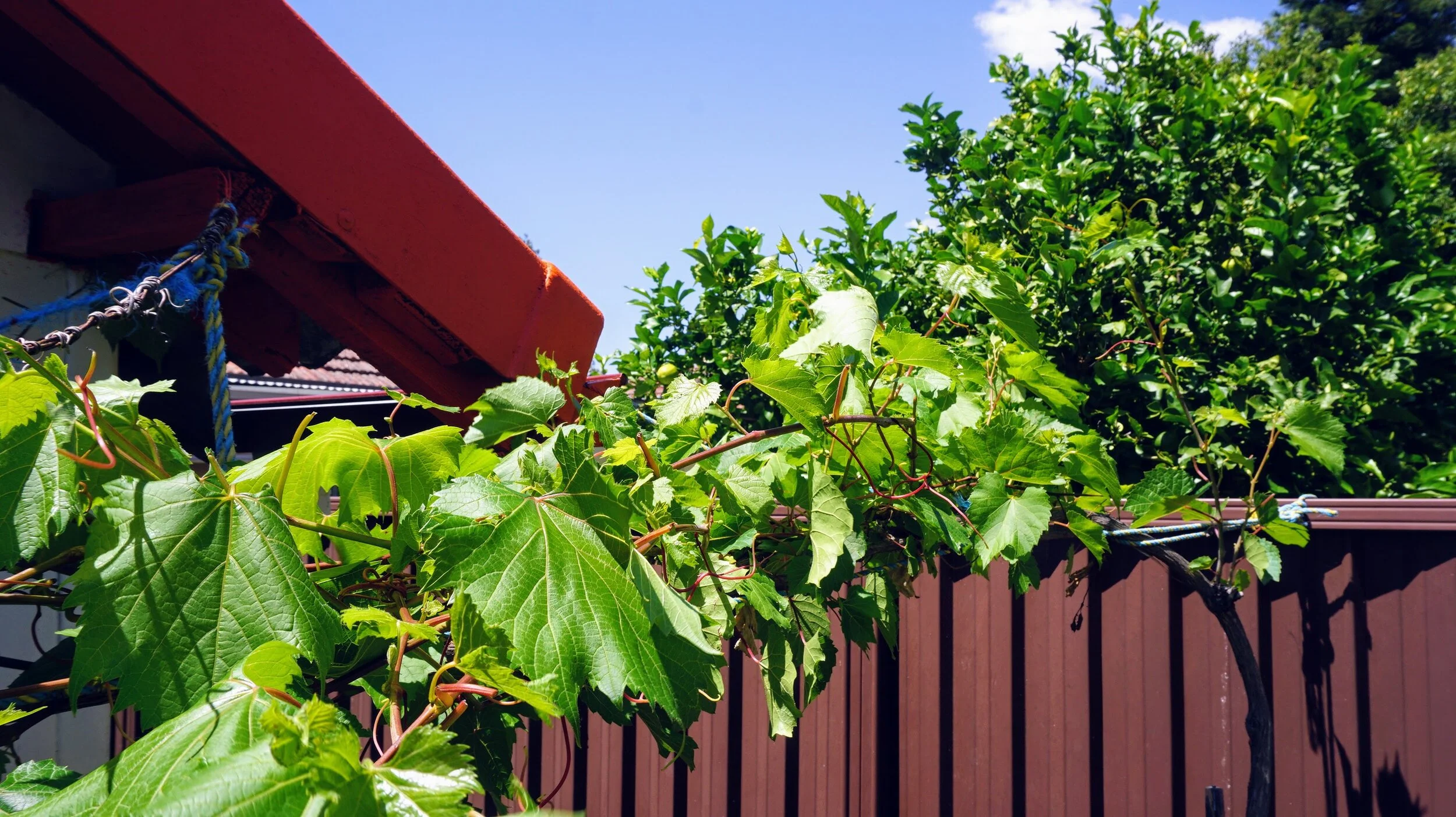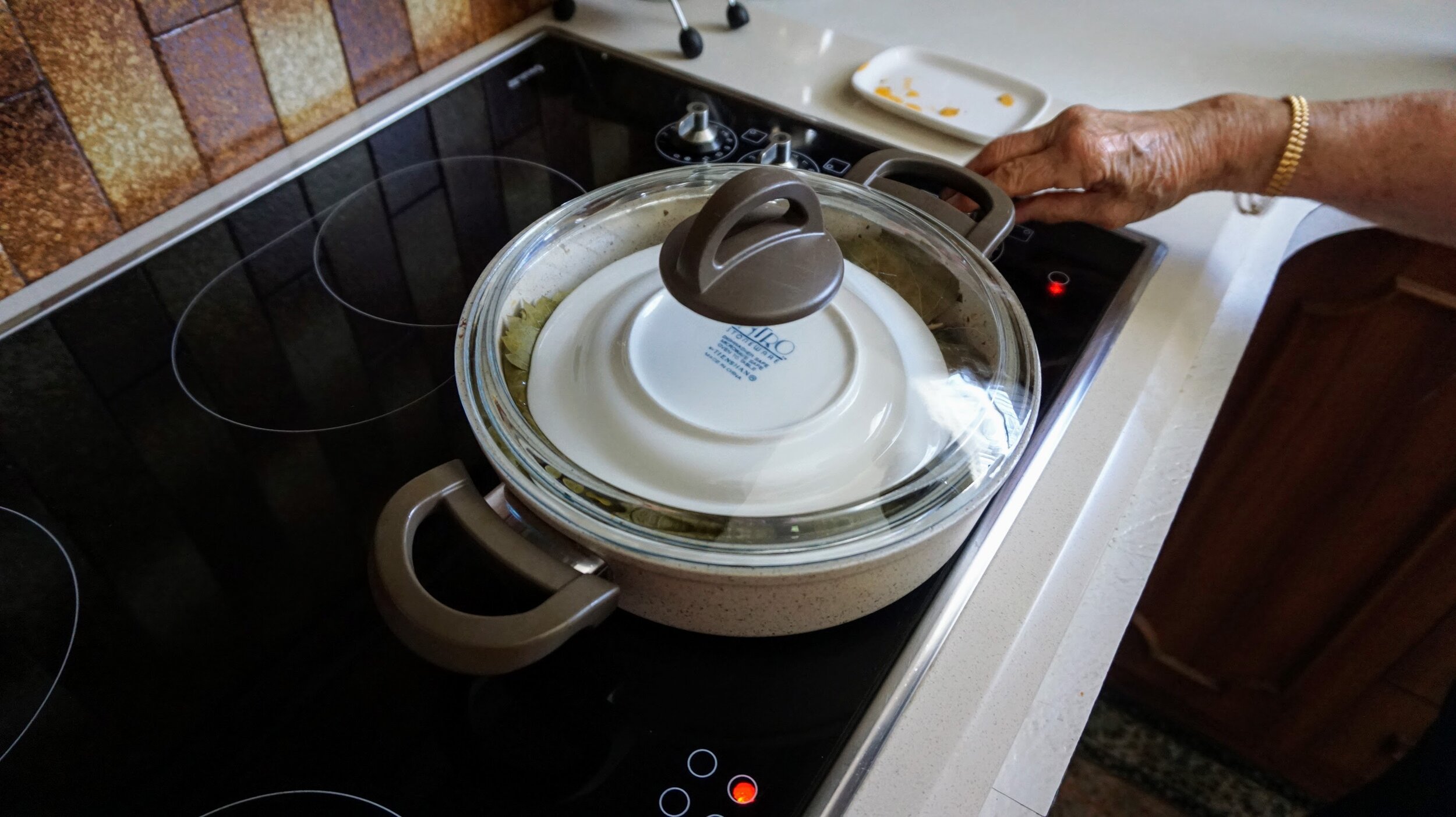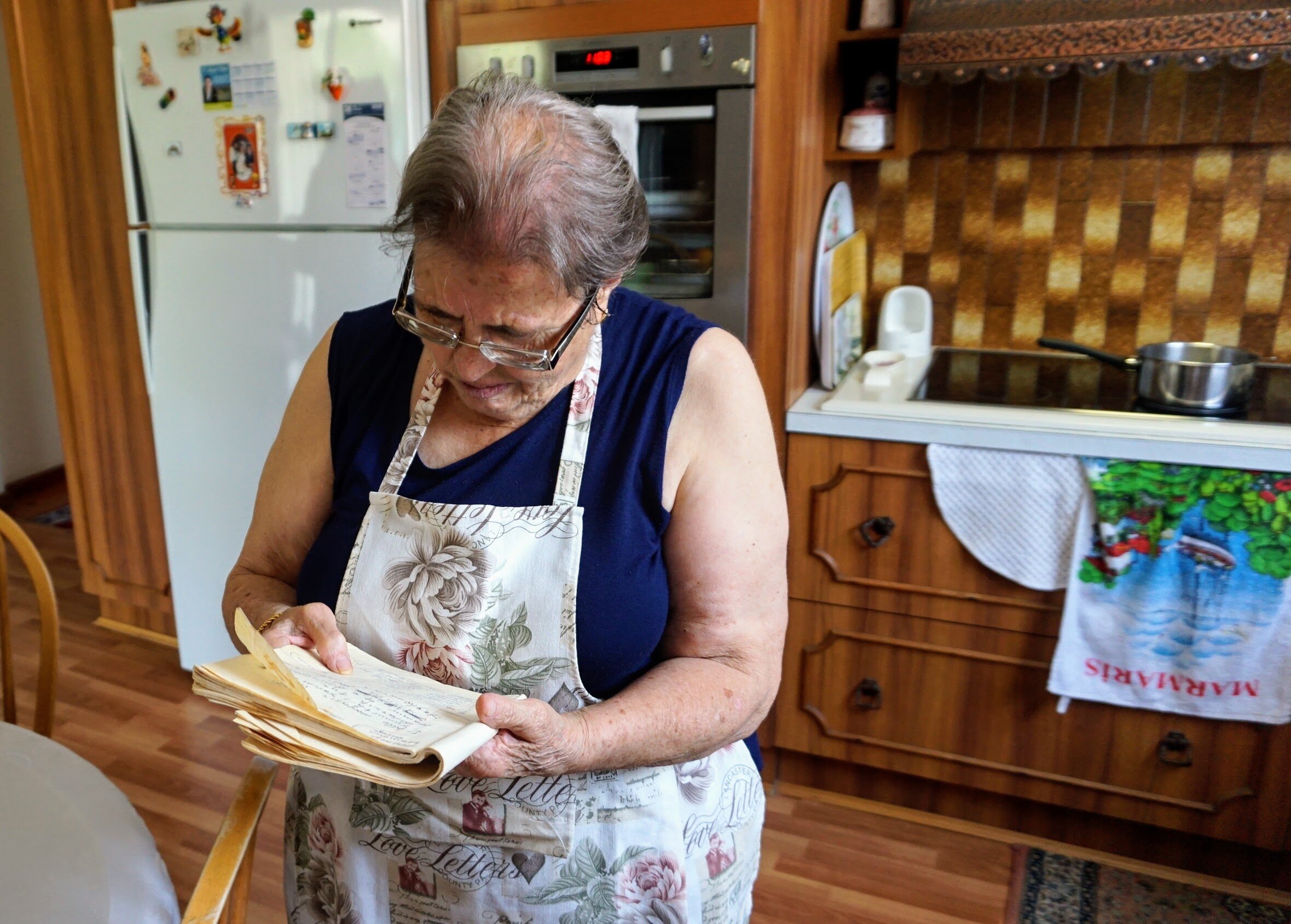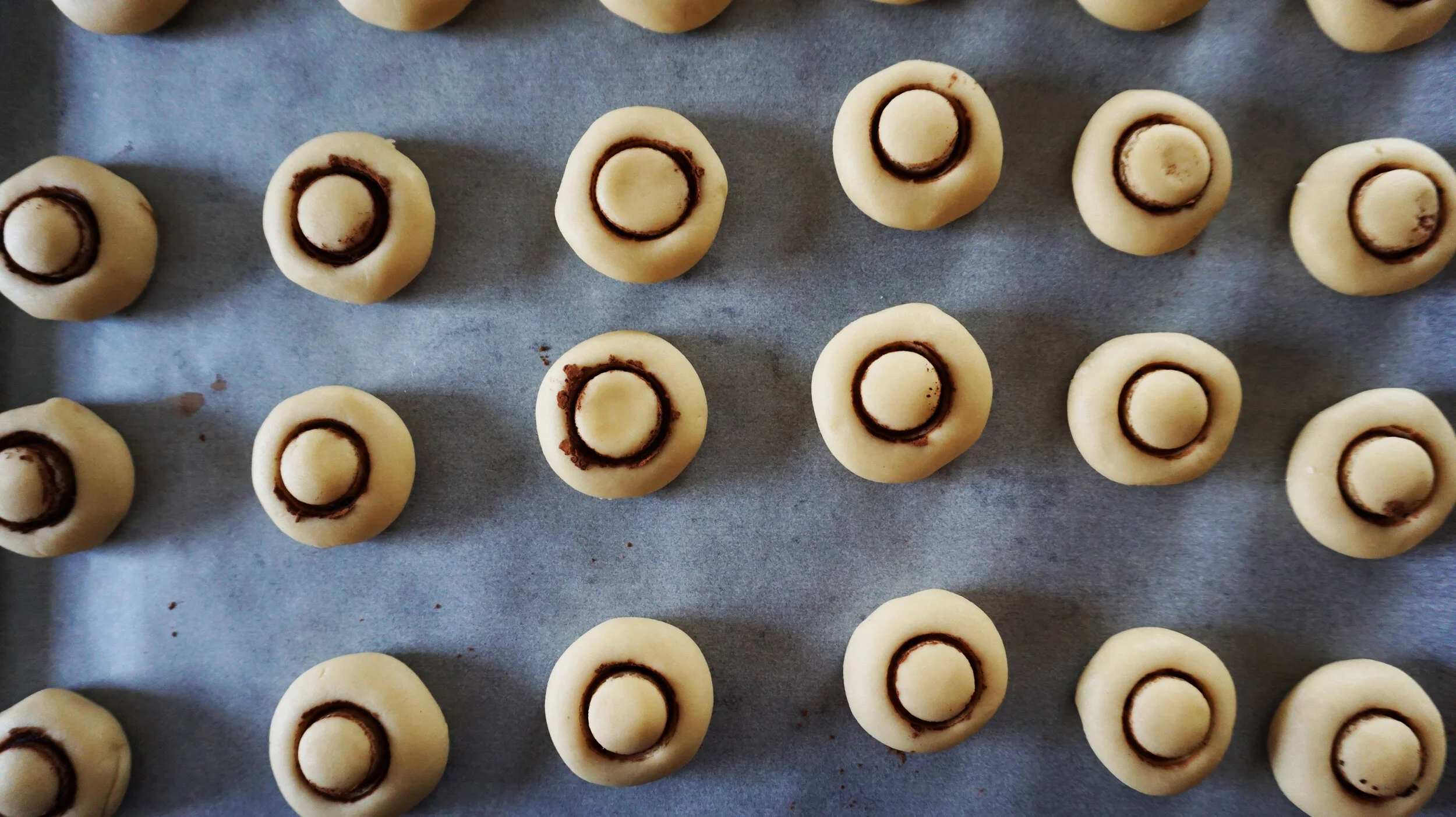Zeytinyağlı yaprak sarma, stuffed vine leaves

A recipe made with love and a dish to eat quickly because if you don’t scoff these delicious parcels fast enough, then someone else will.
My favourite thing about cooking with Grandma is the food we eat while we cook, and zeytinyagli yaprak sarma is a fantastic recipe for this because you spend a little while waiting between each stage of cooking and cooling and cooking again. Where Grandma’s from, sarma is small and skinny (this is a characteristic of Kayserli food) and
If you’re lucky enough to have a grape vine at home, then make this in spring and early summer while the leaves are huge and growing abundantly. Vines will crawl, then walk, then run if you don’t take the leaves regularly so if your vine is unwieldy it’s probably a sign that you’re not cooking enough. (And as with most lessons I’ve learned from Grandma while doing this project, cooking more is the answer to everything.)
Ingredients
1kg fresh vine leaves
4 medium brown onions, finely diced
200ml olive oil
3 tsp salt
1 1/2 tsp dried mint
1/2 tbs tomato paste
1 tsp ground black pepper
1 tsp sweet (Hungarian-style) paprika
2 cups medium grain rice, washed with cool water until the water runs clear
1 1/2 cup boiling water
2 tbs fresh parsley, finely chopped
Method
Put the vine leaves in a large bowl and cover with boiling water until the leaves take on a dark green (nearly brown) colour, turning to heat all of the leaves with the water. Once the leaves have turned colour, drain the water and set aside to cool.
Fry the onion in the oil over a medium heat in a shallow casserole or lidded sautepan or a until translucent then add the salt, tomato paste, black pepper, paprika, and 1 teaspoon of the mint, and stir. Add the washed rice to the spiced onions and stir so that the rice is coated in the spices and oil, a minute should do the trick. Add the remaining mint and the boiling water then stir well. Cover the rice with a lid and simmer, stirring occasionally until it absorbs its water. The rice will not cook completely at this stage.
Once the water has completely absorbed (but the rice is still crunchy), add the parsley and stir through. Let the half-cooked rice cool to room temperature, then turn it out onto a large plate so that the pan you were cooking the rice in is empty. (Don’t wash it, we’re going to be putting the sarma in there for cooking once they’re wrapped up!)
To roll your sarma, lay out a cooled vine leaf, underside of the leaf facing up. Think about this stage like rolling a little burrito. So depending on the size of the leaf, put half a teaspoon or so of the rice mixture on the bottom third of the leaf.
Flip the bottom of the leaf over the rice, tuck in the sides of the leaf and then roll up completely. Repeat until you’ve filled all of your leaves. A couple of the leaves might tear as you peel them apart from one another in this process, so put them into the bottom of the pan to line it in preparation for the next stage of cooking.
Working to build layers in a cross-hatch pattern, line your rolled sarma in the lined pan. Drizzle the sarma with olive oil, 2 or 3 tablespoons should be enough, and a cup of hot (not boiling) water. Cover with any leftover or torn leaves and a small, heatproof plate (upside down) over the sarma to keep them from moving. Cover the pan with its lid and simmer for 35 minutes.
Leave the sarma to cool before searching with a squeeze of lemon and a glass of ayran.
Notes If you don’t have a vine in the backyard, speciality Turkish and Greek grocers usually have vine leaves available in the fridge or freezer.
The same rice filling can be used to fill little red and green peppers. Simply cut the top off the pepper and pull out the seeds and any white bits, it’ll turn into a little pepper cup. Fill the peppers with the rice and then stand them up in a lidded pot. Top the filled peppers with a slice of tomato (so that the rice doesn’t jump out). Put a little water in the pot and drizzle the standing peppers with oil. Brings to a boil then simmer until most of the water has absorbed and the rice is tender.














